Can Cats Eat Goldfish Crackers? The Risks and Considerations of Giving Goldfish Crackers to Cats
- 13 Mar 2025 11:33
As a cat owner, it's easy to get tempted to share your favorite snacks with your furry friend, especially when you're enjoying a tasty treat like Goldfish crackers. These small, crunchy, fish-shaped crackers are beloved by many, but are they safe for your cat?
So, can cats eat Goldfish crackers? While Goldfish crackers aren’t toxic to cats, they’re not a suitable snack for them either. Let’s dive into why Goldfish crackers aren’t ideal for your cat and what you should be cautious of when offering human snacks to your pet.
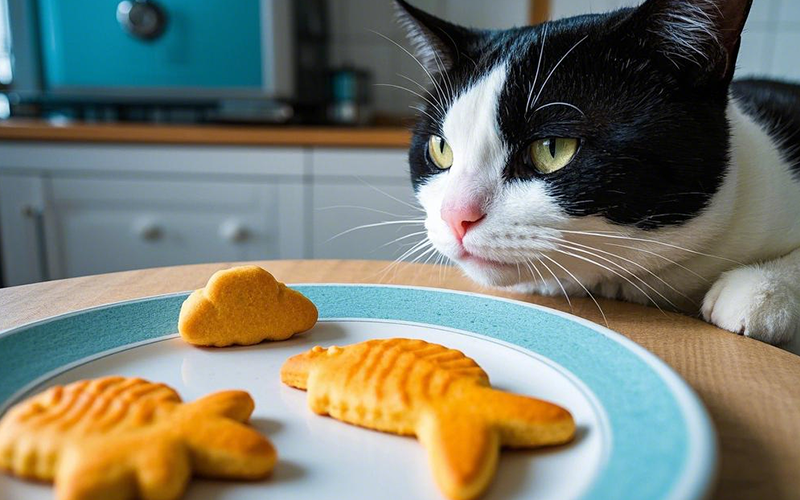
What Are Goldfish Crackers Made Of? 🧑🍳
Goldfish crackers are made primarily of flour, cheese, salt, sugar, and oils, along with various other ingredients such as preservatives and flavorings. While these ingredients may be fine for humans in moderation, they don’t align well with a cat's nutritional needs.
Can Cats Eat Goldfish Crackers? 🐱
Cats can technically eat Goldfish crackers, but it's not recommended. These crackers contain high amounts of carbohydrates, salt, and processed ingredients, none of which are necessary or beneficial for a cat's diet. Here's a breakdown of why Goldfish crackers are not an ideal treat for cats:
Lack of Nutritional Value 🥺: Goldfish crackers are made mainly of carbohydrates and fats. Cats are obligate carnivores, which means they require animal-based protein for proper nutrition. Goldfish crackers provide little to no protein and are not a good source of the nutrients that cats need to thrive.
High Salt Content 🧂: Goldfish crackers are typically quite salty. Too much salt can be harmful to cats, leading to dehydration, kidney issues, and high blood pressure. Overconsumption of salty foods can also increase the risk of urinary tract problems.
Excessive Carbohydrates 🍞: Cats do not need large amounts of carbohydrates in their diet. Goldfish crackers are high in carbs, which can contribute to weight gain and potential obesity over time, especially if given regularly.
Artificial Ingredients ⚠️: Goldfish crackers often contain artificial flavorings, preservatives, and other ingredients that are not meant for cats. Some of these additives could irritate your cat's stomach or cause adverse reactions.
Potential Risks of Giving Goldfish Crackers to Cats 🚨
While Goldfish crackers aren’t toxic, there are several risks associated with feeding them to your cat:
Digestive Upset 💩: Cats’ digestive systems are designed to process meat, not processed carbs and fats. Giving your cat Goldfish crackers may cause gas, diarrhea, or vomiting. If you decide to offer them, keep it to a very small amount and monitor your cat for any adverse reactions.
Obesity and Weight Gain ⚖️: Overfeeding your cat with Goldfish crackers can lead to weight gain and eventually obesity. Cats who are overweight are at risk for a range of health issues, including diabetes and joint problems.
Toxic Ingredients ⚠️: Although Goldfish crackers are generally safe, some flavors may contain ingredients that are harmful to cats, such as onion powder, garlic powder, or xylitol (a sweetener). Always check the ingredients to ensure there are no dangerous substances.
Choking Hazard 🚨: Goldfish crackers are small and crunchy, which could pose a choking hazard, especially if your cat eats them too quickly or doesn’t chew them properly. Be cautious when offering these snacks.
How to Safely Feed Goldfish Crackers to Your Cat 🍽️
If you absolutely want to offer Goldfish crackers to your cat, here are some tips for doing so safely:
Offer in Small Amounts 🐾: Only give your cat a small piece of a Goldfish cracker as an occasional treat. It should not be a regular part of their diet.
Check the Ingredients 🔍: Always check the ingredients list for any harmful additives, like onion or garlic powder. Make sure the crackers are plain, without any seasoning or flavoring.
Observe Your Cat’s Reaction 👀: After giving your cat a Goldfish cracker, observe how they respond. If you notice any digestive issues such as vomiting, diarrhea, or lethargy, avoid giving crackers to your cat in the future.
Limit Frequency ⏰: Goldfish crackers should be a rare treat and not a regular part of your cat’s diet. Too many crackers can lead to weight gain, digestive issues, or other health concerns.
Healthier Alternatives to Goldfish Crackers for Cats 🥩🍗
If you’re looking for healthier snacks for your cat, consider these options that are much better suited for their dietary needs:
Small pieces of cooked chicken or turkey 🍗: A lean source of protein that cats love.
Cat-safe treats 🍖: There are many specially formulated treats for cats that are packed with the right nutrients.
Cooked fish 🐟: Cats love fish like salmon and tuna (just be sure to remove any bones).
Catnip 🌿: A fun and safe treat that many cats enjoy, stimulating them in a natural way.
PettureX: Your Pet’s Health Assistant 🐾💻
If you’re unsure about whether a food is safe for your cat or need guidance on your pet's health, PettureX is an excellent tool. This AI-powered pet health assistant offers 24/7 consultations and helps answer your pet-related questions with personalized advice.
Conclusion: Can Cats Eat Goldfish Crackers? 🍪
In conclusion, cats can technically eat Goldfish crackers, but they are not recommended. These crackers offer little nutritional value for your cat and can cause digestive issues, weight gain, and other health problems if consumed in excess. It’s important to treat Goldfish crackers as an occasional snack, not a regular part of your cat’s diet.
For healthier and safer treats, stick to cat-specific snacks or small portions of meat like chicken, turkey, or fish. Always consult with a professional if you have any concerns about your cat's diet.
Related
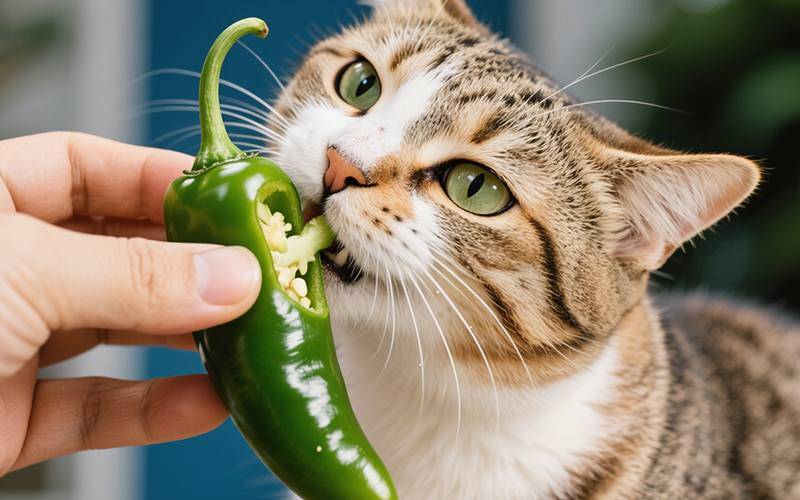
The Burning Question: Can Cats Eat Jalapenos? A Comprehensive Safety Guide
- 21 Apr 2025
Cool Temptation: Can Cats Eat Ice Cream Safely? The Vet-Backed Truth
- 21 Apr 2025
Frankly Dangerous: Can Cats Eat Hot Dogs? Vet Explains the Serious Risks
- 16 Apr 2025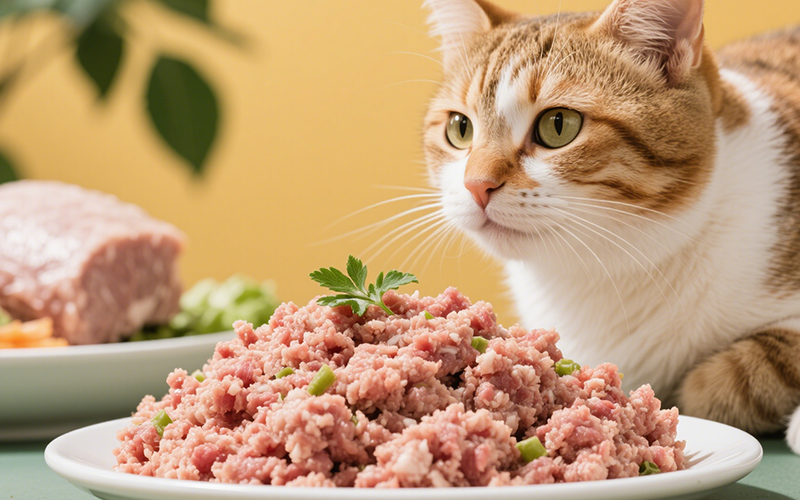
A Purrfect Protein? Can Cats Eat Ground Turkey Safely? (Vet-Reviewed Guide)
- 16 Apr 2025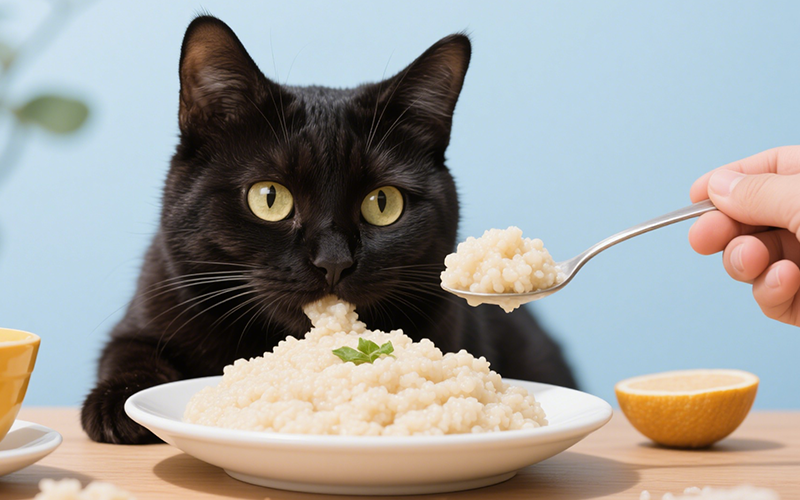
Gritty Situation: Can Cats Eat Grits Safely? Vet Explains the Risks
- 16 Apr 2025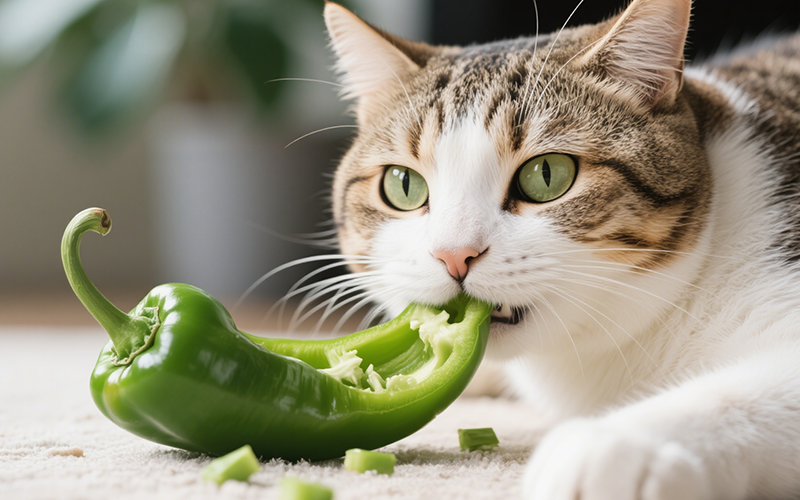
Crunchy Query: Can Cats Eat Green Peppers? A Vet-Reviewed Safety Analysis
- 16 Apr 2025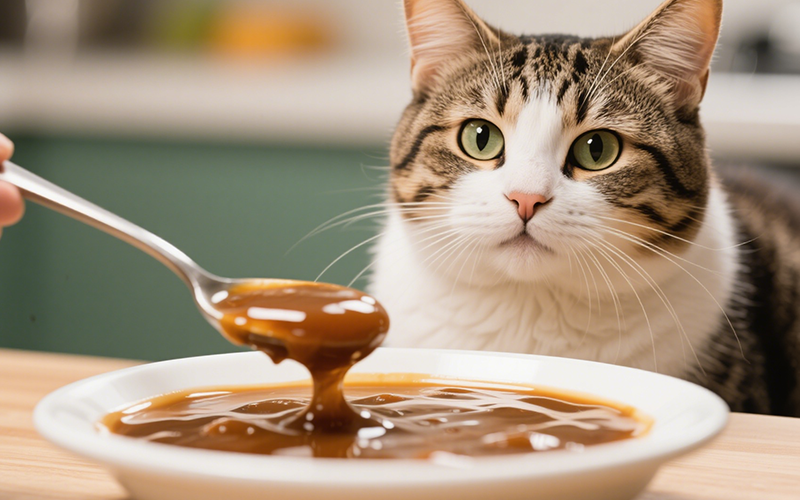
Gravy Danger Zone: Can Cats Eat Gravy Safely? (Vet-Reviewed Warning)
- 16 Apr 2025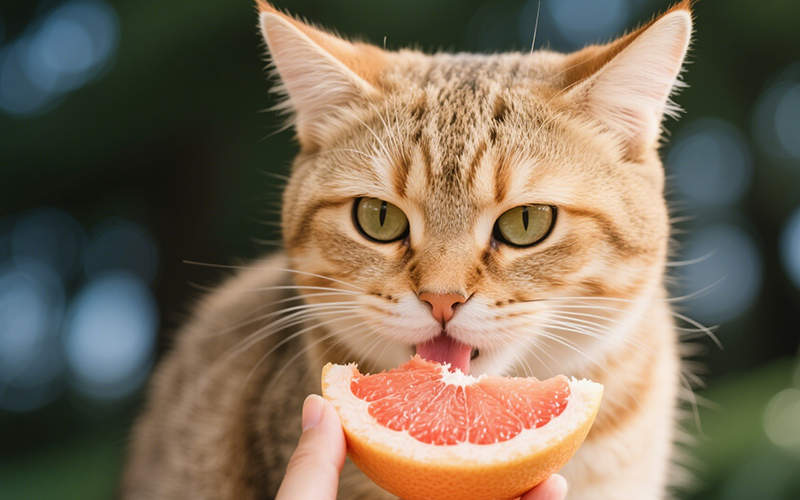
Toxic Temptation: Can Cats Eat Grapefruit? Vet Explains the Dangers
- 16 Apr 2025
Emergency Meal or Major Mistake? Can Cats Eat Dog Food For A Couple Days? (Vet Guide)
- 16 Apr 2025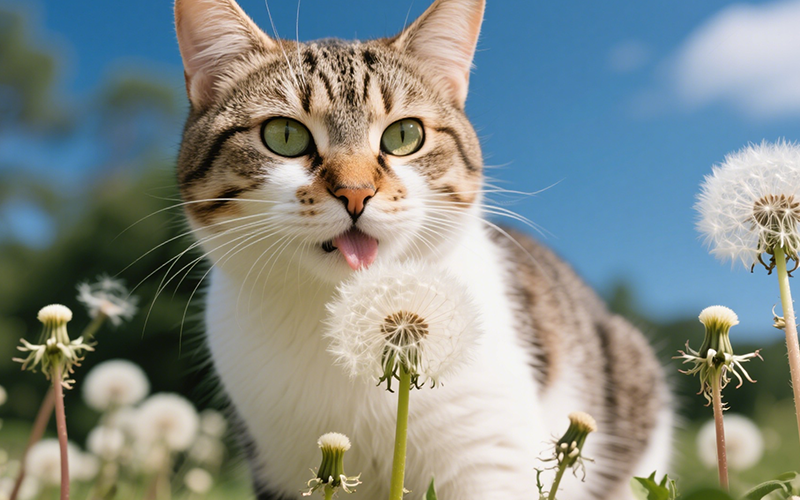
Dandelions & Felines: Can Cats Eat These Common Weeds Safely? Vet Explains
- 16 Apr 2025
